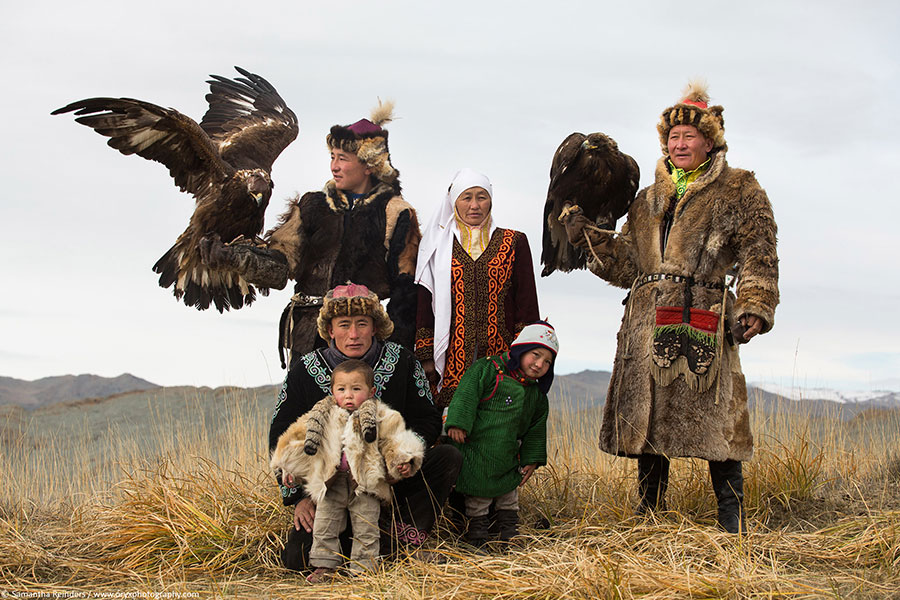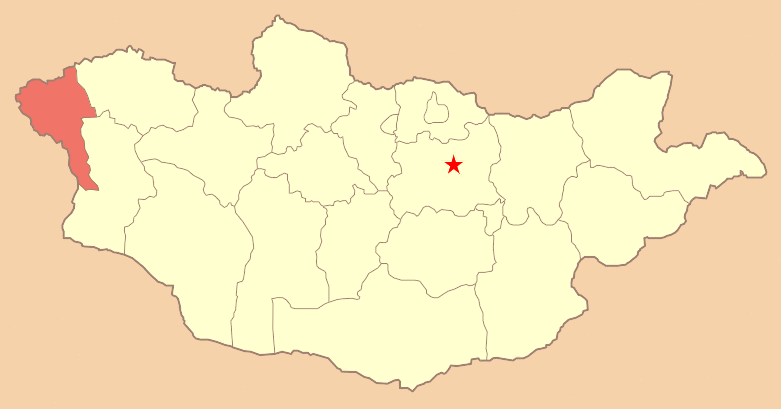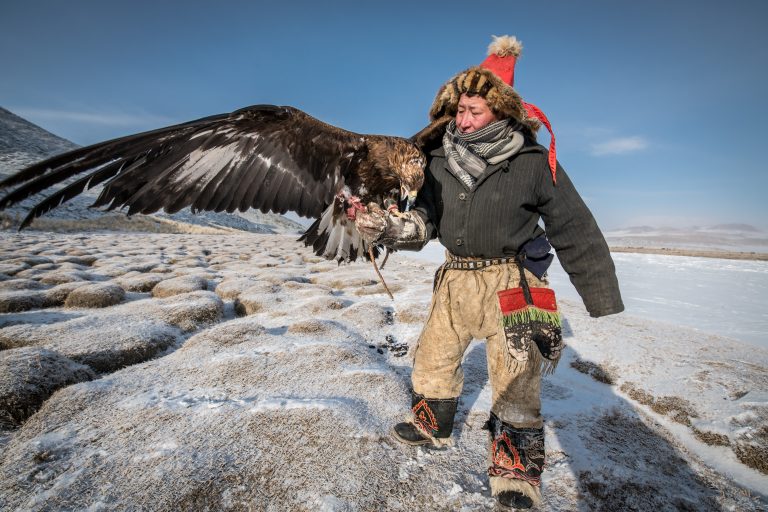Mongolian eagle hunters are fearless men who challenge themselves with ancient tradition of eagle training and hunting. Eagle hunters are keeping their rich tradition in modern days and living with it. It is the main part of nomadic tradition that has been lost in many nomadic nations and only truly and practically preserved within Kazakhs in Western Mongolia and in Kazakhstan, Kirgizstan in central Asian countries.
Eagle Hunters of Mongolia and Golden eagle hunting
Who are Mongolian Eagle hunters?
Mongolian Eagle Hunters are Kazakhs who are one of the minor ethnic groups live in Bayan Ulgii province in Western part of Mongolia. Kazakhs are carrying out this unique tradition of hunting with eagles for centuries and still practice in modern days. In addition to eagle hunting the Kazakhs are known for their traditional music, artwork and delicious food.
Short history of Mongolian Kazakh eagle hunters
The Mongolian Eagle Hunters who are Kazakhs arose from the merging of the medieval Turkic and Mongolian tribes and native to Central Asia and Eastern Europe. Kazakh nomads have been grazing their livestock in Altai Mountains region and after revolution of 1921, a permanent border was established, partitioning Mongolia from China and Russia, and so the Mongolian Kazakhs stayed in Western Mongolia.

What Kazakh Eagle Hunters do for living
Most Kazakhs in the remote, mountainous regions are depending on domestic animals for their livelihood. Depending on the season they migrate place to place in summer, autumn and in winter time. Throughout summer and autumn time they do preparation for winter. They grace and take and collect as much as dairy products such as different kind of cheese Arul or Kurt, Sari mai or butter and so much more.
Where eagle hunters live in Mongolia?
Most of eagle hunters reside in Sagsai, Ulaanhus, Toldo and Altansogs villages of Bayan Ulgii Province in Western Mongolia, where eagle hunting and other cultural traditions are preserved within their community. Not all of Mongolia’s Kazakh population are eagle hunters. Of those that are herders, approximately 400 are eagle hunters and 80% of the live in Sagsai and Altansogs villages.

What is the best eagle hunting season in Mongolia?
Best season for hunting with eagles starts from end of October when first snow falls and continues till end of February. Winter time is exceptionally beautiful time for eagle hunters to explore white steppes of mountainous landscape of Western Mongolia. Glittering snow, clear blue sky is just perfect moments for tracking their prey for eagle hunters. After training the golden eagles during the warm season, the eagles can be ready to hunt with is master when first snow falls. Kazakh eagle hunters use eagles to hunt foxes and hares during the cold winter months when it is easier to see the gold-colored foxes against the white snow.

What are Mongolian eagle hunters called
In general eagle hunters called or named as Qusbegi or Burkitshi. In Kazakh, both qusbegi and burkithshi refer to falconers in general. Qusbegi comes from the words Qus means a bird and bek means lord, thus literally translating as " lord of bird" or master of birds.
How eagle hunters train an eagle to hunt?
Golden eagles are known as birds of prey and king of the blue sky. In general, eagles do not need any training by humans. They know how to hunt naturally and it is how they survive in the nature. This is the tradition that Kazakh eagle hunters train eagles to hunt for them. Training a golden eagle is passed down through generations in Kazakh tradition and it is lifelong process to gain this training ability. Berkutshi or an eagle hunter catch eagles when they are still young. The golden eagle training is rather long, can take up to 2-4 years and is done by only one hunter. This extensive and long training process allows the bird and hunter to develop a strong connection. Golden eagles are able to discern human voice, but they only obey the call and voice of its master.
Eagle Hunter's clothing
Eagle hunter's clothing or nomadic clothing is often made of materials suited to the region's extreme climate and the people's nomadic lifestyle. It is commonly decorated with elaborate ornaments made from bird breaks, animal horns, hooves and feet. Also horsehair, fox fur, sheep's wool and rabbit hides are used in the production of clothing.

Write a comment